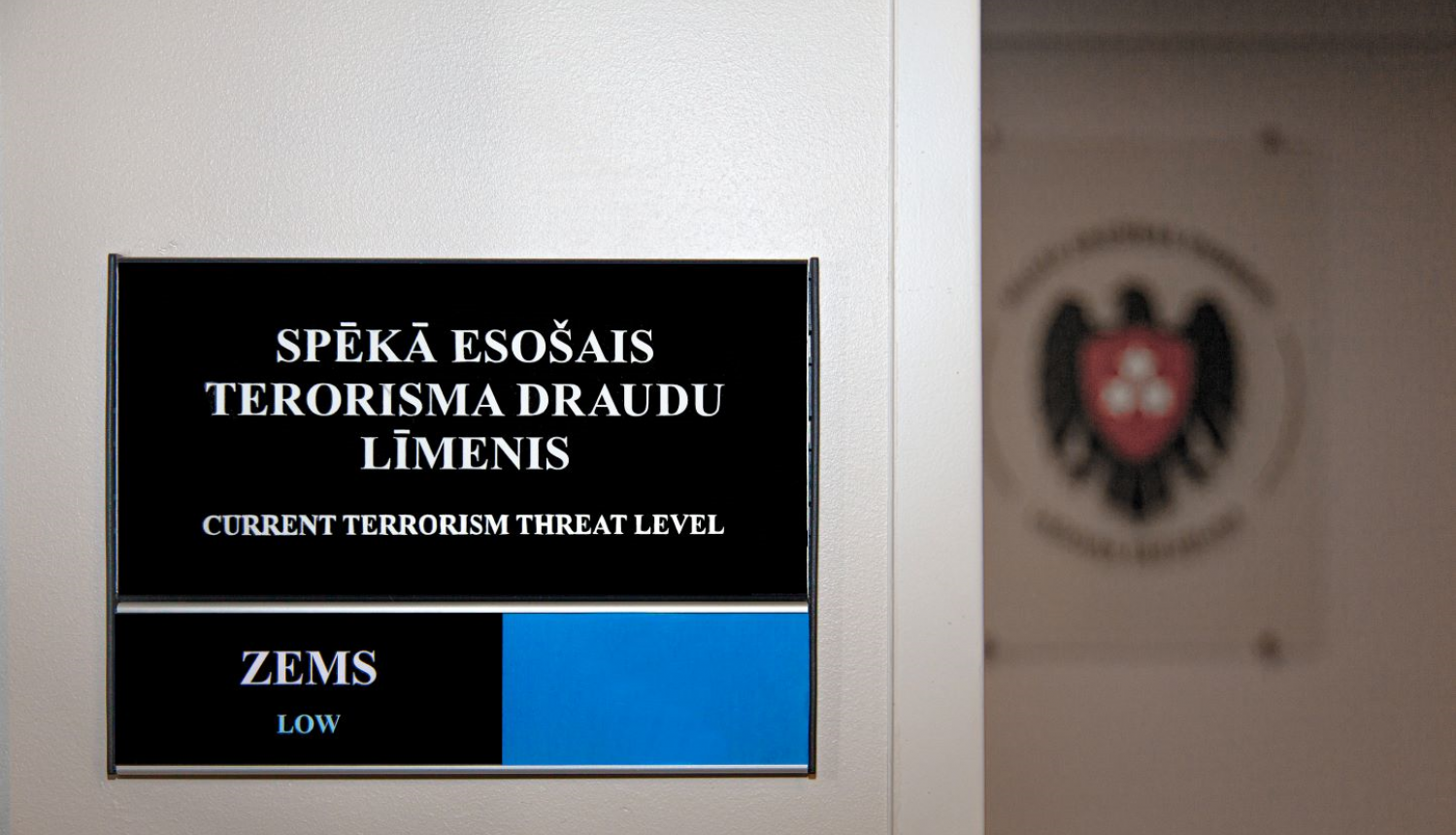On 9 April, the Cabinet of Ministers adopted the updated National Counterterrorism plan, which was drafted by Latvian State Security Service (VDD).
National Counterterrorism Plan is a classified document which sets the preventive counterterrorism measures to be implement depending on the declared terrorism threat level in the country. The Plan foresees more than 500 various preventive measures for more than 20 institutions that are engaged in preventing terrorism threat.
National Counterterrorism Plan is updated according to the global terrorism threat trends of the past years. Two new categories of preventive measures are added to the Plan, aiming to improve the oversight of circulation of unmanned aerial vehicles and explosives precursors. Significant amendments were also made to measures for strengthening the security of mass gathering objects in case of increasing terrorism threat.
The updated Plan also holds recommendations specific to each terrorism threat level for the owners and managers of terrorism risk objects – critical infrastructure and mass gathering sites. VDD provides regular recommendations to the competent personnel at terrorism risk objects to prevent any security risks.
VDD reiterates that the national counterterrorism system of Latvia sets four terrorism threat levels (low, elevated, high, severe). The higher the terrorism threat level, the more expanded are the preventive counterterrorism measures.
National Counterterrorism Plan was first adopted by the Cabinet of Ministers in 2008. VDD in cooperation with other institutions engaged in counterterrorism measures, reviewed and improved the Plan in 2011, 2013, 2016 and 2019 accordingly.
From here on, VDD will coordinate the reviewing of internal action plans of institutions engaged in preventing the terrorism threat in accordance with the updated National Counterterrorism Plan.
Information prepared by VDD
Illustrative photo, VDD



